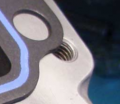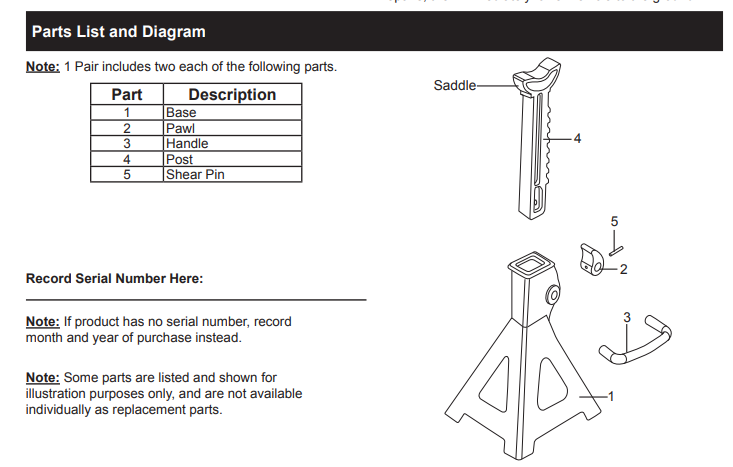I love stainless, but it's hardly visible .... so what's the advantage of SS over Black Oxide. They
have similar tensile strength.
Why such a wide price difference, all 4 kits look they would work? 12 point would help since
they have a smaller diameter and fit in a smaller space. I can justify $60, but $112 is hard to
swallow for just 12 Studs. One says it's a Hex and the other says External Hex, have no idea
what the difference would be. The pics are no help.
https://www.summitracing.com/parts/arp-420-1402/overview/
Some have a course thread 3/8-16 for the head a fine thread for the header side, so it looks
from the pictures supplied. I suppose the advantage there is fine threads will not come loose
as easy as a course thread.
I could go with these if they would fit/work with a 5/16 or a 3/8 inch flange. I want to change
headers in the future and they might have a thicker 3/8 inch flange.
have similar tensile strength.
Why such a wide price difference, all 4 kits look they would work? 12 point would help since
they have a smaller diameter and fit in a smaller space. I can justify $60, but $112 is hard to
swallow for just 12 Studs. One says it's a Hex and the other says External Hex, have no idea
what the difference would be. The pics are no help.
https://www.summitracing.com/parts/arp-420-1402/overview/
Some have a course thread 3/8-16 for the head a fine thread for the header side, so it looks
from the pictures supplied. I suppose the advantage there is fine threads will not come loose
as easy as a course thread.
I could go with these if they would fit/work with a 5/16 or a 3/8 inch flange. I want to change
headers in the future and they might have a thicker 3/8 inch flange.















